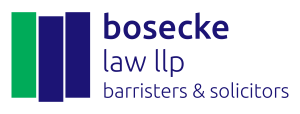Bareland Condominiums are, typically, stand-alone structures such as detached homes, townhouses, and duplexes.
When most people think of condominiums, they think of a unit in an apartment building. These more “traditional condominiums” are called conventional condominiums. In a conventional condominium, owners own everything within the walls, floors, and ceilings of their unit. The remaining property, meaning the hallways, elevators, lobbies, etc. are considered common property and are owned by all of the unit owners. The Condominium Corporation collects condominium fees from the unit owners to maintain and repair the common property.
Bareland condominium owners own the lot on which their dwelling sits. The owner would therefore own the structure, landscaping, garage, and any other improvements within the unit boundaries. When transferring a bareland condominium, the seller must provide to the buyer the standard condominium documentation (ie. clear estoppel certificate), and also provide a Real Property Report with evidence of municipal compliance or non-conformance.
Like a conventional condominium, all of the property that falls outside of each owners’ unit, such as sidewalks, walkways, parking lots, etc. are considered common property and thus are maintained and repaired by the Condominium Corporation using funds collected from the unit owners (ie. condominium fees).
We recommend seeking the advice of a lawyer prior to the signing of a real estate contract for a bareland condominium to discuss any potential issues.
If you need assistance or more information regarding the purchase or sale of a home, or for the re-financing of your existing home, we welcome you to contact our office at 780-469-0494 or email us directly at reception@edmontonlaw.ca.
